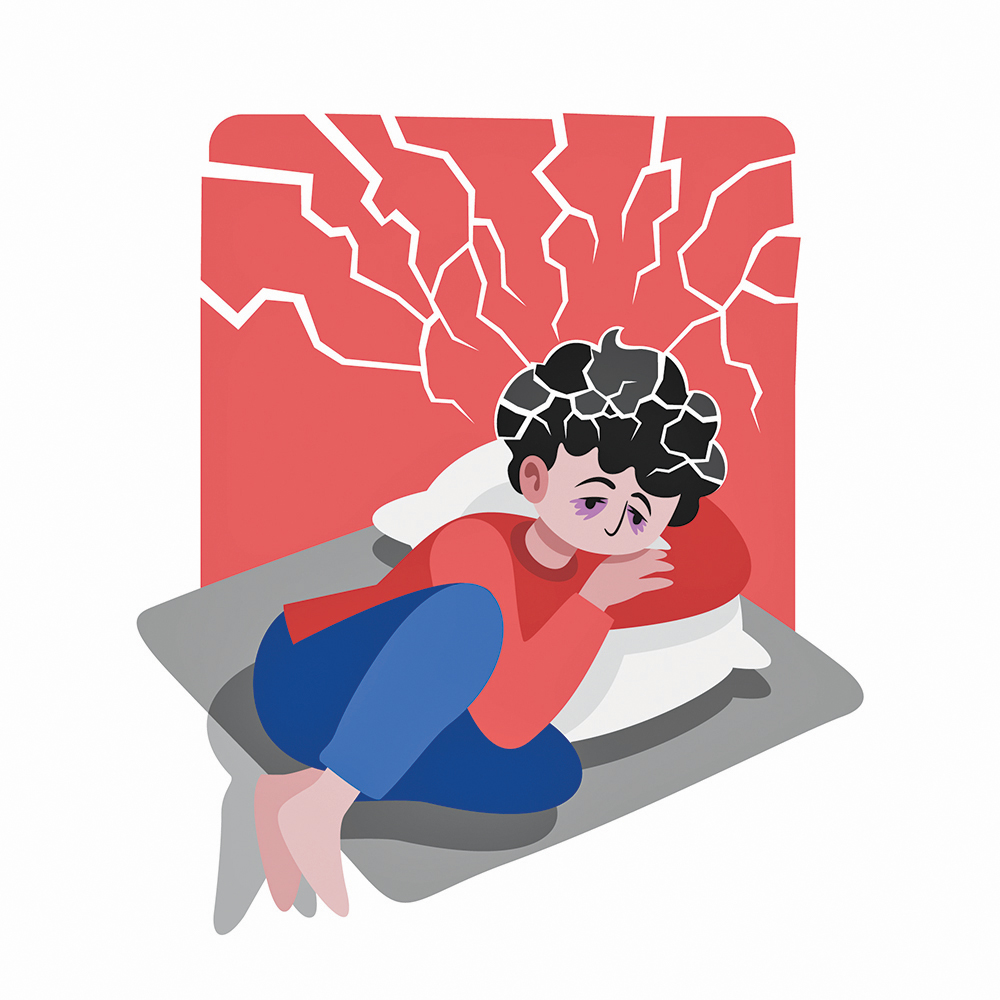
Post-traumatic stress disorder (PTSD) can be as unique as the person who suffers from it. A mental health condition triggered by a particularly upsetting event, PTSD sometimes emerges long after the event itself. It could be days, weeks or even years later that symptoms emerge. The specifics of PTSD vary widely between patients. It’s normal for anyone to need a period of adjustment after a traumatic event or experience. Coping might be difficult at first. Processing time and self-care usually combine to return a person to an adjusted state. Someone with PTSD may return to feelings and emotions that are as intense as when the initial event occurred, or they may simply never find a way past the initial intensity. Treating PTSD can be as challenging and complex as the condition itself. Traditionally treated with psychotherapy and antidepressant medications, PTSD has a high recurrence rate under this protocol. Ketamine therapy approaches brain chemistry from a different angle than conventional medications. It’s fast-acting and often works where other therapies fail. KETA Medical Center specializes in ketamine therapy for PTSD and other mental health conditions. Contact our offices to learn more.
Can it help? The simple answer is yes, it can. There is a specific condition called delayed-onset PTSD, and there’s no large volume of research on the condition; subsequently, it’s not regularly diagnosed. About 25% of PTSD cases possibly result from delayed onset. The window for delayed-onset PTSD diagnosis is six months or longer after a traumatic event. A PTSD diagnosis meets a number of condition criteria, and these are initially absent immediately after the traumatic event, passing a threshold at some point, even years, in the future. While there’s no consensus on why delayed-onset PTSD occurs, there are theories that seem to be gaining support through research.
The risk of delayed-onset PTSD seems highest in patients who display some of the symptoms of PTSD but not enough to meet the criteria for diagnosis. Delayed-onset PTSD rarely appears in a person who previously had no symptoms.
Another theory considers the idea of a stress load in a patient’s life. While they may be able to manage the pressures of a traumatic event at and after the time of the experience, further unrelated stresses in their life may “use up” their coping abilities. The early traumatic event is no longer manageable, and delayed-onset PTSD emerges.
Traditional antidepressants tend to work through common chemical pathways. For example, selective serotonin reuptake inhibitors (SSRIs) have often been the first pharmaceutical choice for anxiety, depression and PTSD, typically in combination with talk therapy. SSRIs can take weeks before they produce a noticeable effect. Ketamine works on glutamate, producing a surge of this neurotransmitter that boosts the development of new neural connections. Unlike SSRIs, ketamine produces fast results. You may notice a difference before you leave the office. Often delivered through intravenous low-dose infusion, ketamine produces few of the side effects of other antidepressant medications.
Find out more about ketamine for PTSD by contacting the nearest office of KETA Medical Center. We have offices in Oradell, NJ; Upper West Side of Manhattan and New Rochelle in Westchester. Book an appointment by phone or online today for a free 10 minute phone consultation. Visit ketamc.com for more information or call 201-762-0426.












